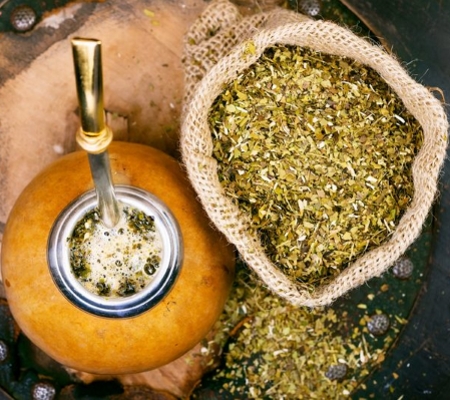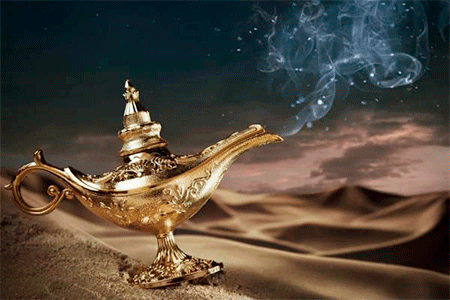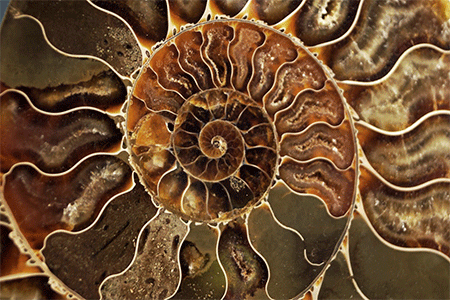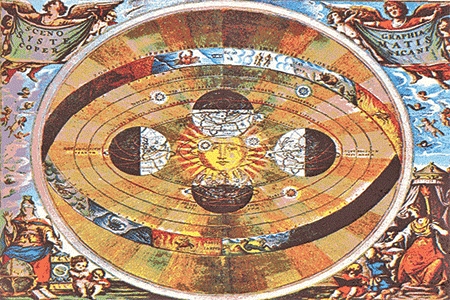All about Yerba Mate. Analysis and Health.
 |
Analysis and Health Long before any chemical analysis was done on yerba mate, it was widely used by the Guaraní indians as they were well aware of its many health-related properties, among them increased resistance to fatigue, thirst and hunger. In an effort to find the source of such interesting properties, Yerba mate has been analysed many times in chemistry labs to determine its components. They have shown a great variety of results, most of which indicate a significant level of nutritional elements. So far it has not been established what the influence that these components have especially in terms of the other different variables (i.e. the soil composition, the wild or cultivated nature of the plant, the purity of the product or the characteristics of the manufacturing methods). Nutritional Information shows that yerba mate has a very good nutritional value and the results of one such study is shown here as an illustration. A hundred grams of yerba mate brewed with one litre of water have approximately the following: Potassium: 681.85 mg Magnesium: 167.60 mg Iron: 0.33 mg Sodium: 4.57 mg Phosphorus: 93.00 mg Vitamin C: 2.55 mg Niacin: 12.98 mgThe effect of yerba mate as an important stimulant has been the focus of several researchers. The substance responsible for the stimulant effect in mate is the subject of much controversy. While some insist it is a special xanthine specific to mate, called matein, others claim that this special substance is no other than caffeine that appears in yerba mate bound to some specific elements. The following citations illustrate this controversyResearchers at the Free Hygienic Institute of Hamburg, Germany, concluded that even if there were caffeine in mate, the amount would be so tiny that it would take 100 tea bags of mate in a 6-ounce cup of water to equal the caffeine in a 6-ounce serving of regular coffee. Consequently, the active principle in Yerba mate is not caffeine!While others,In recent U.S. marketing campaigns, yerba maté marketers claim that yerba maté contains no caffeine—rather, a chemical similar to caffeine called mateine. Mateine, they say, possesses all the benefits of caffeine and none of its negative effects (or so they would have consumers believe). Fact: yerba maté does contain caffeine. It has been phytochemically and scientifically identified, documented, verified, and validated to contain caffeine for many years by independent phytochemists and scientists around the world (“independent” being the operant term here). This fact continues to be confirmed by independent research every year. The caffeine content of yerba maté has been assayed to contain between 0.7 and 2%, with the average leaf yielding about 1% caffeine. In living plants, xanthines (such as caffeine) are bound to sugars, phenols, and tannins, and are set free or unbound during the roasting and/or fermenting processes used to process yerba maté leaves, coffee beans and even cacao beans. The mateine chemical “discovered” is probably just caffeine bound to a tannin or phenol.Those that consider yerba mate contains caffeine even compare its content with that of other infusions, concluding that it has slightly less caffeine that coffee itself. So there still much work to be done on this area. |
 |
|
|
МАТЭ И ЙОГА
По одной из легенд, первым индейцем, познавшим его удивительный вкус, был старик из племени гуарани. Его племя занималось земледелием — расчищало часть сельвы под поля и выращивало на них маниоку и кукурузу. Раз в несколько лет, когда почва полностью истощалась, индейцы вынуждены были искать новое место для жизни. Но вот однажды старик-индеец устал от вечных скитаний: он был очень болен и слаб и не готов к еще одному дальнему походу. Его младшей дочери — красавице Хари — пришлось сделать непростой выбор: либо остаться с отцом и ухаживать за ним до самой смерти, либо бросить отца одного и уйти вместе со своим племенем. Девушка понимала, что жертвует своим будущим, но все же не стала следовать советам подруг, убеждавших ее уйти с племенем, а предпочла остаться с отцом. С тех пор старик-индеец и его дочь жили очень тихо и уединенно, в их доме не бывало гостей. Но как-то раз к ним в дверь постучался светлокожий голубоглазый незнакомец высокого роста. Это был уставший и голодный путник, который держал путь издалека. Хари с отцом приняли незнакомца очень радушно — накормили и пустили его на ночлег. Утром гость спросил у хозяев, отчего они живут столь одиноко, и старик поведал ему свою печальную историю. Незнакомец был поражен поступком молодой девушки, пожертвовавшей своим будущим ради старика-отца. Он спросил Хари, чего она хотела бы больше всего на свете, но девушка промолчала в ответ. Старый индеец ответил за нее: «Я хочу снова стать сильным, чтобы отвести мою дочь к племени, которое ушло». И тогда незнакомец признался старику и его дочери, что перед ними не простой путник, а сам бог Пая Шуме. Он подарил индейцу небольшое зеленое деревце и велел посадить его в землю, собрать листья, высушить их и измельчить, а затем положить в маленькую тыкву, залить водой и выпить настой. «В этом напитке ты найдешь целебного и благотворного друга, который поможет даже в грустные часы самого жестокого одиночества» — сказал Пая Шуме. Старик сделал все, как велел бог, и чудесный напиток придал ему новые силы. Вместе с дочерью индеец отправился в путь и разыскал в сельве свое племя, которое встретило их очень радушно.




